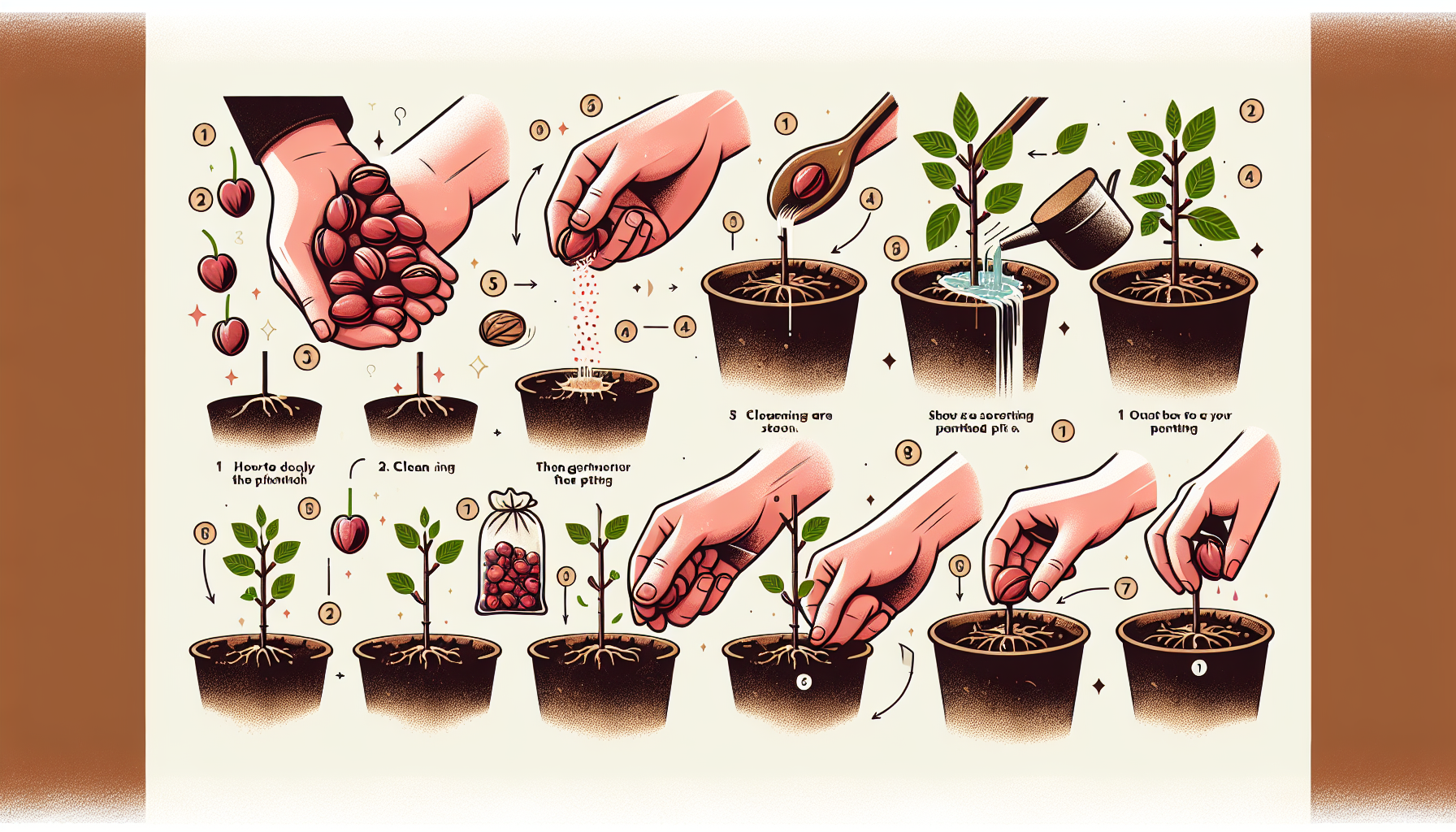
can you plant cherry pits
Can You Plant Cherry Pits? A Beginner's Guide to Growing Cherry Trees
Have you ever wondered if you can plant cherry pits and grow your own cherry tree? The answer is yes, you can! However, it's not as simple as just sticking a pit in the ground and waiting for it to sprout. Growing cherry trees from pits requires patience, preparation, and a bit of know-how. In this post, we’ll walk you through the process and provide tips to help you succeed.
Do Cherry Pits Actually Grow into Trees?
Yes, cherry pits can grow into trees, but there are a few important things to keep in mind. First, the cherry tree that grows from a pit may not produce the same type of cherries as the one you ate. Most cherries sold in stores come from hybrid trees, meaning the fruit from your tree may differ in taste, size, or quality. Additionally, growing a cherry tree from a pit takes several years before it can produce fruit.
Step-by-Step Guide to Planting Cherry Pits
1. Choose the Right Type of Cherry
Start with fresh, organic cherries if possible. Non-organic cherries may have been treated with chemicals that prevent the pits from germinating. Sweet cherries like Bing or sour cherries like Montmorency can both be used, depending on your preference.
2. Clean and Dry the Pits
After enjoying your cherries, remove all the flesh from the pits. Rinse them thoroughly in water and let them dry on a paper towel for a few days. This step ensures that no fruit residue remains, which could cause mold during the germination process.
3. Stratify the Pits
Cherry pits need a period of cold dormancy to germinate, a process called stratification. Place the clean pits in a container filled with moist sand or peat moss. Seal the container and store it in the refrigerator for 10 to 12 weeks. This mimics the natural winter conditions that cherry seeds experience in the wild.
4. Plant the Pits
After stratification, plant the pits in small pots filled with well-draining potting soil. Push each pit about an inch deep into the soil and water lightly. Place the pots in a sunny spot and keep the soil consistently moist but not waterlogged.
5. Transplant the Seedlings
Once the cherry pits sprout and grow into small seedlings, you can transplant them into larger pots or directly into your garden. Make sure to choose a location with plenty of sunlight and room for the tree to grow. Cherry trees require well-draining soil and regular watering during their early stages.
Is It Worth the Effort?
Growing a cherry tree from a pit can be a rewarding experience, especially for gardening enthusiasts. However, it’s important to manage your expectations. It may take 7 to 10 years for your tree to mature and bear fruit, and the quality of the cherries may not match what you’re used to. If your goal is to enjoy homegrown cherries sooner, consider purchasing a young tree from a nursery.
Final Thoughts
Planting cherry pits is a fun and educational project that connects you to nature and the food you eat. While it requires patience and care, the process can be incredibly satisfying. Even if your tree doesn’t produce perfect fruit, it can still serve as a beautiful addition to your garden.
Have you tried growing a cherry tree from a pit? Share your experiences and tips in the comments below!
For more gardening tips and tricks, check out our Gardening Tips category!